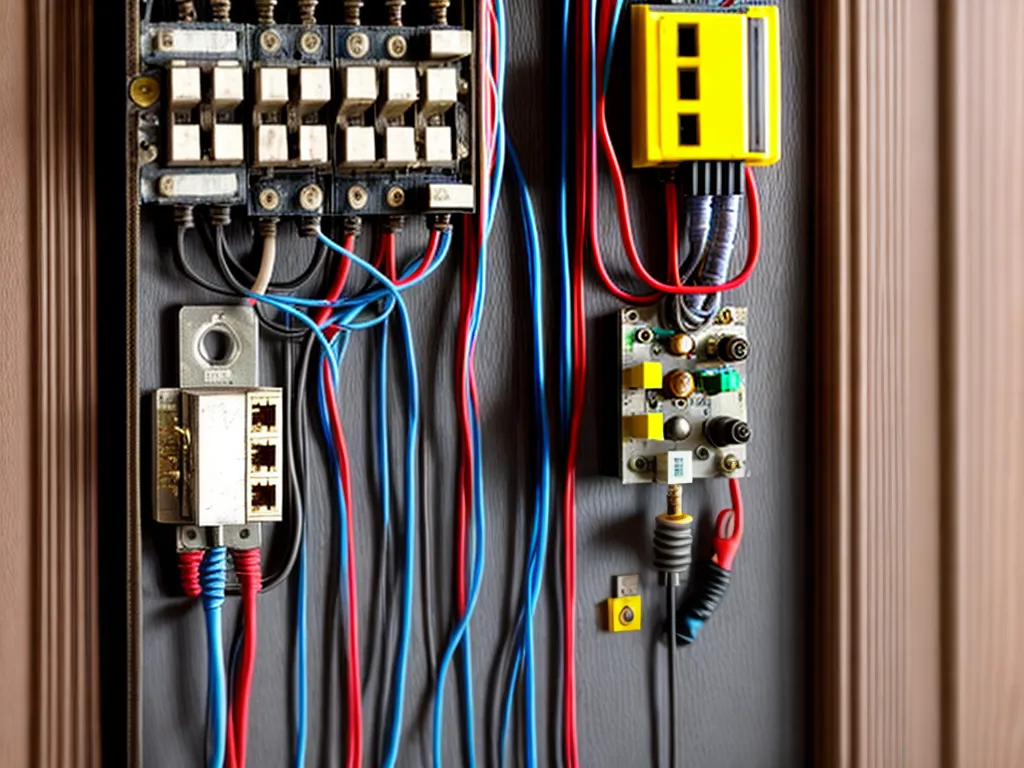
How to Troubleshoot Obsolete Knob-and-Tube Wiring in your Historic Home
As the proud owner of a historic home with original knob-and-tube wiring, I understand the challenges and safety concerns that come with this obsolete electrical system. While replacing it entirely may be ideal, I know it can also be prohibitively expensive. Therefore, I've learned some troubleshooting techniques to keep my vintage wiring operational and less hazardous.
Inspect the Visible Wiring
The first step is a visual inspection of any accessible knob-and-tube wiring. Look for:
-
Cracked or damaged insulation on the wiring. This can indicate brittleness and deterioriation.
-
Scorch marks or burning on the wiring. This points to dangerous overheating.
-
Loose connections on the porcelain knobs, tubes, or junctions. These can spark and ignite.
-
Exposed wires that could short circuit and cause fires or shocks.
Any identified hazards should be repaired immediately by an electrician. Do not take risks with damaged vintage electrical.
Check for Overload with an Amperage Meter
Knob-and-tube wiring was designed for smaller electrical loads than we use today. Overloading these old circuits can lead to overheating and fire risks.
Use a clamp-style ammeter to measure the amperage drawn on each circuit. Compare it to the rated capacity for the wiring gauge to check for overload conditions. Address any overloaded circuits by redistributing the electrical load or installing new wiring.
Consider Installing GFCI Outlets
While knob-and-tube wiring often lacks a proper ground, you can add some modern protection by installing GFCI outlets. These devices interrupt power if an abnormal current is detected, providing protection from shocks. Consider adding GFCIs in high-risk areas like kitchens, bathrooms and laundry rooms.
Upgrade the Electrical Panel
Outdated fuse boxes should be upgraded to modern circuit breaker panels. Properly rated breakers or fuses are essential to prevent overloads on old wiring. When replacing the panel, be sure to consult an electrician on any specific needs related to quirks of the existing knob-and-tube.
Use the Right Bulbs in Vintage Fixtures
Choose bulbs carefully to avoid overtaxing outdated light fixtures. LED bulbs generate much less heat than incandescents, while compact fluorescents are an intermediate option. Avoid high wattage bulbs that could overheat the vintage fixtures.
Consider Partial Rewiring
If the knob-and-tube wiring is in good condition, you may choose to leave some in place while rewiring high-risk areas. Frequently used circuits, kitchens, and bathrooms are good places to start. An electrician can help develop a partial upgrade plan tailored to your historic home.
While not without challenges, many vintage wiring systems can be retained and managed safely. With proper diligence, care, and common-sense precautions, the beloved knob-and-tube can live on in your historic home. Stay safe, but preserve the old wiring charm.